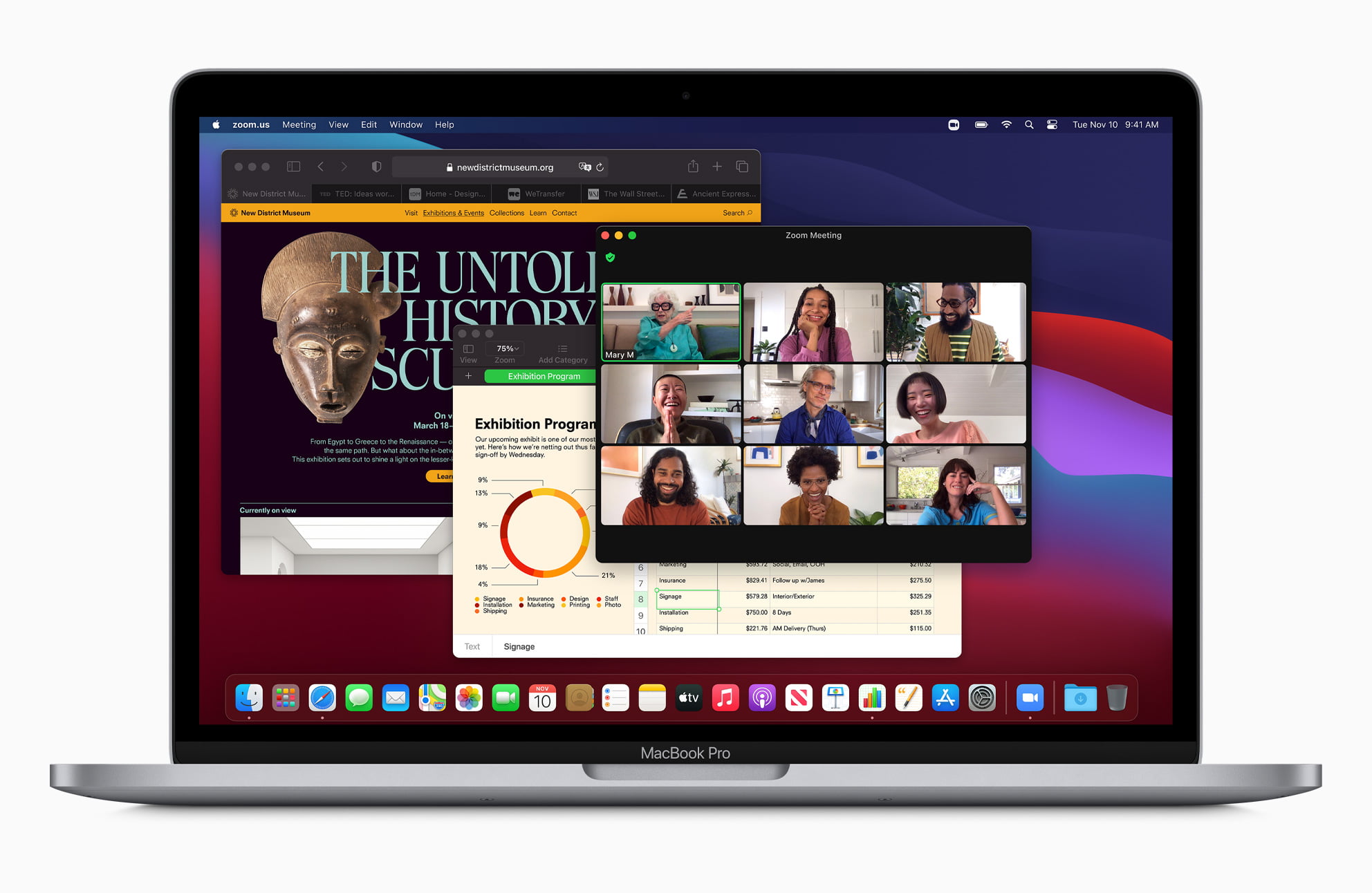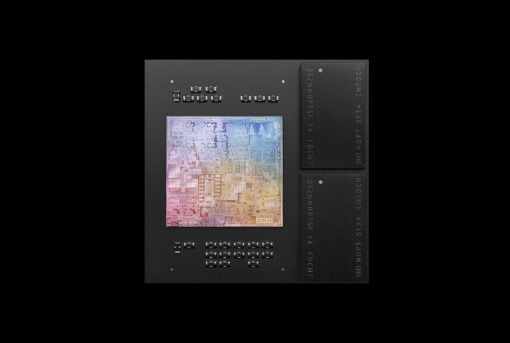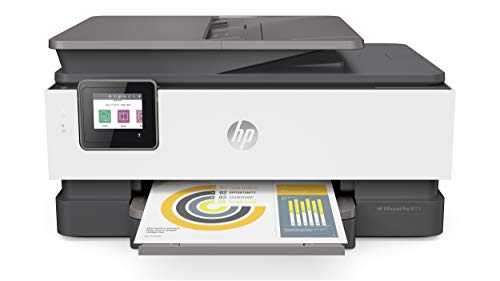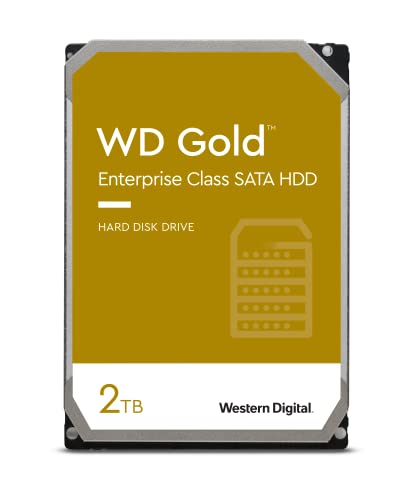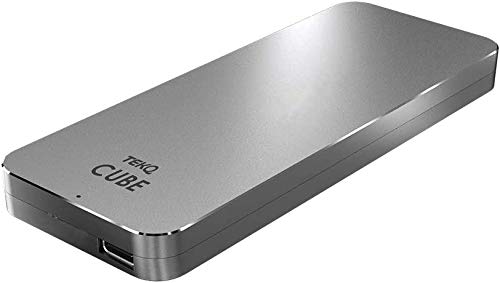Apple equipped the entry-level Macs with the new M1 processor first, although it is said to be much faster than the Intel specimens. An important reason for this is that functions that have nothing to do with computing power are still quite limited.
We have already shown you here that the Mac mini does not offer 10 Gigabit Ethernet and the MacBook Pros only have two Thunderbolt interfaces and a memory limitation.
If you read through the small print among the new Macs, you’ll see that there are also important limitations in the graphics area: Computers with M1 chips are not able to use external GPUs. So if you plan to buy the entry level MacBook Pro with M1 chip and upgrade external graphics performance, you can forget this idea.
There is also a limitation in the number of external monitors: Up to now it was possible to connect two external displays, with M1 Macs only one monitor is currently possible. This monitor can be controlled with 6K resolution, but if you have a setup with two 4K monitors or want to control one monitor and a projector at the same time, you can’t do that with the new Macs.
This limitation is somewhat less severe in the Mac mini: since it has an extra HDMI port, two monitors are currently possible. With the Intel variant there are still three. But the Intel variant can’t output 6K resolution, but the new M1 model can.
So you see, the new M1 chip is a blatant progress in power consumption and relative computing power. With memory size, number of ports and number of external monitors however you should pay attention if the currently less equipped models are suitable for your application.
